Whenever we eat excess carbohydrates we all know that we need to exercise or do some other activities to burn our energy and prevent obesity or other health issues. But ever wonder what kinds of effects are there when an animal has excess carbohydrates? What happens to excess carbohydrates in animals?
What are Carbohydrates?
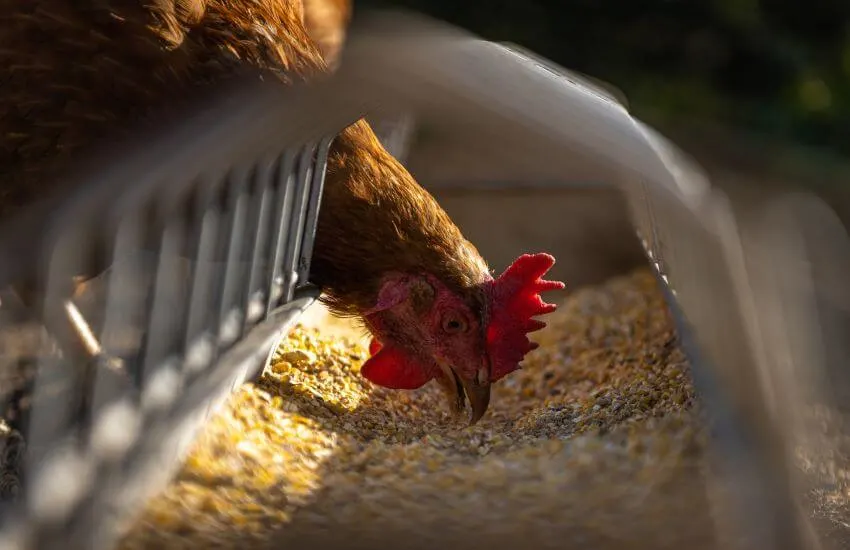
Carbohydrates are one of the three macronutrients essential for human health, along with protein and fat.
There are two main types of carbohydrates: simple and complex.
Simple carbohydrates are found in sugars such as sucrose (table sugar), fructose (in fruit), and lactose (in milk), while complex carbohydrates are found in starches such as potatoes, whole grains, beans, and lentils.
We all know that carbohydrates are the primary source of energy for most organisms. However, there are some animals (e.g., humans) that can survive by eating either carbohydrates or fats alone. In fact, a very low carbohydrate diet is currently being tested as a treatment for obesity and diabetes.
Sugars vs Starch

When carbohydrates are digested, they can be metabolized into pyruvate that enters glycolysis and produces a little amount of ATP.
The rest enters the citric acid cycle (the first enzyme is citrate synthase) where it also produces some energy in the form of NADH and FADH2 which then participates in the electron transport chain to produce ATP.
The difference between sugars and starches is that sugar is metabolized faster than starch. The reason for this is that there are no enzymes in the stomach to break down starch into maltose and glucose, so it has to go through the small intestine where amylase (an enzyme) will hydrolyze it into sugars.
Which is better for animals sugar or starch?
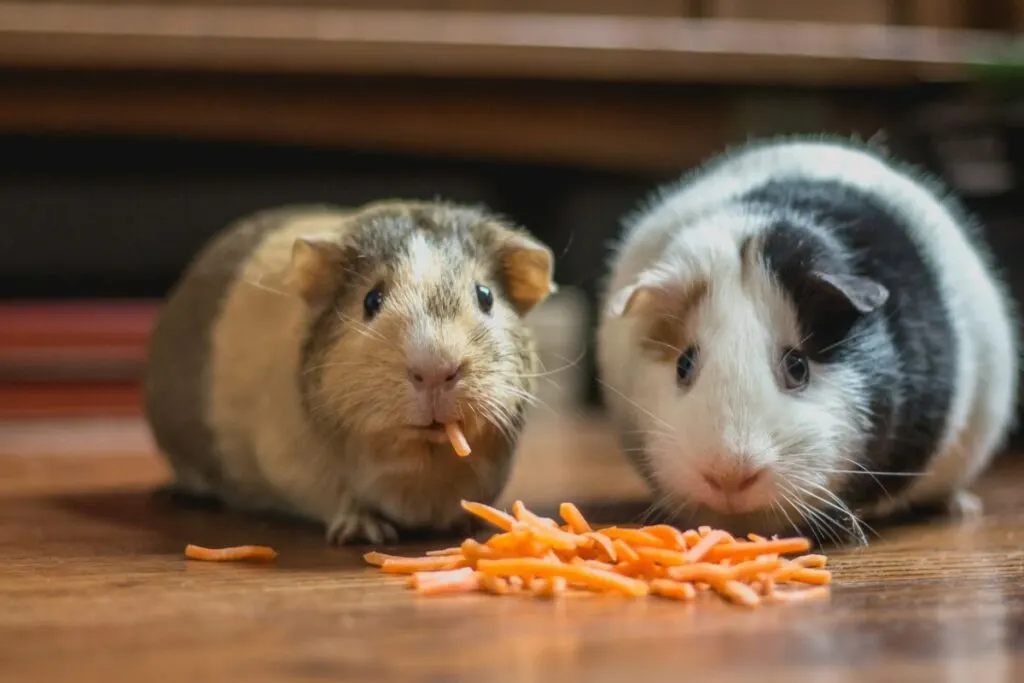
From the previous section, we know that sugar is metabolized faster than starch. So, it can be said that sugar is better for animals than starch.
However, this does not mean that animals should only eat sugar. It is important to note that sugar is a source of energy, and like any other type of food, should be consumed in moderation.
How do carbohydrates are converted to energy?
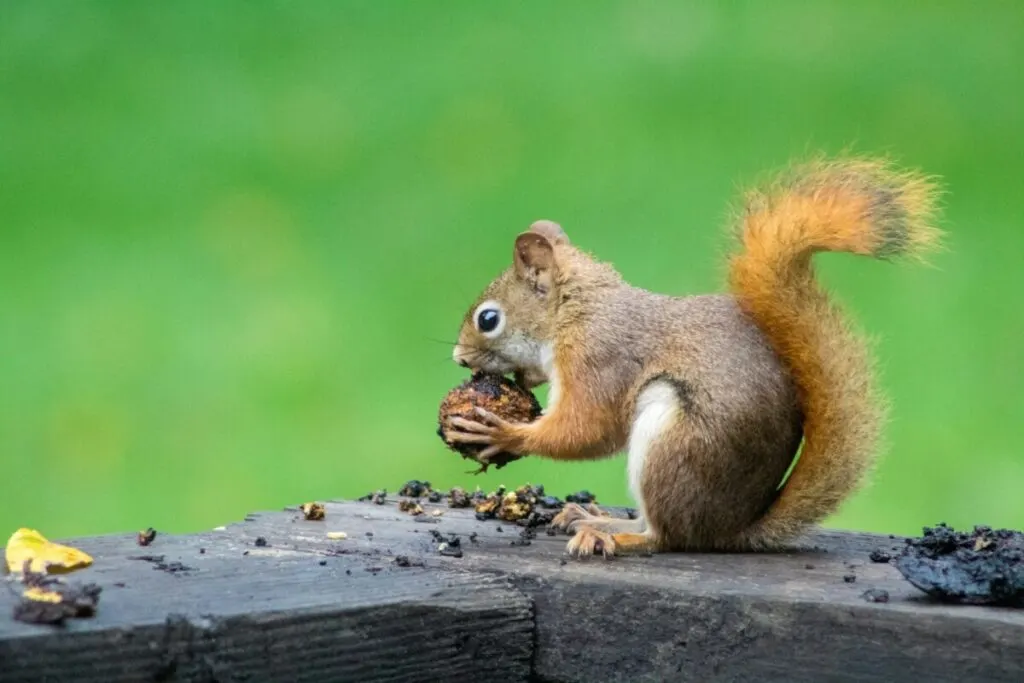
When carbohydrates are eaten, they are converted to glucose in the bloodstream. Glucose is then transported into cells where it is used for energy or stored in the liver and muscles as glycogen.
What happens to excess carbohydrates in animals?
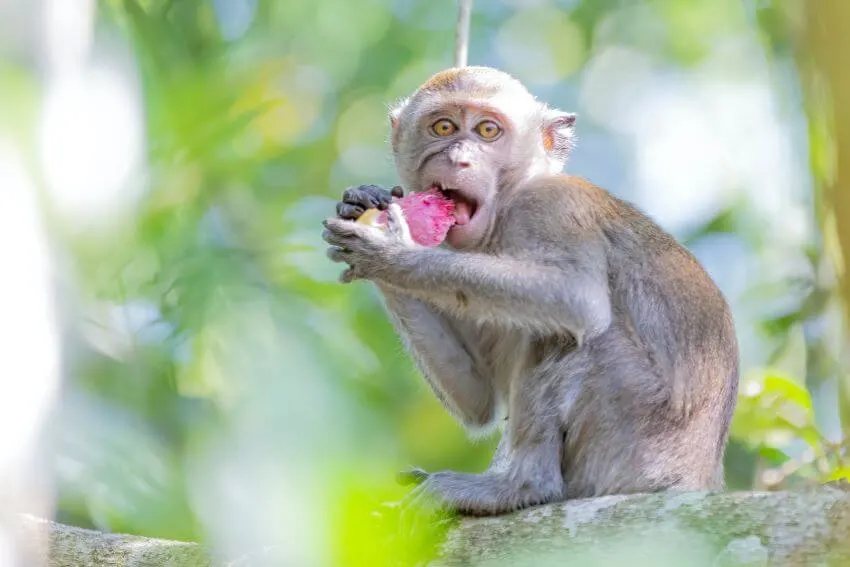
When an animal has too many carbohydrates in its diet, the excess carbohydrate is stored in the liver and muscles in a compound called glycogen.
This is because the body can only use so much glucose at a time for energy, and the rest needs to be stored for later use.
The glycogen can be used for energy by the animal when it needs it, but if there is too much glycogen in the liver, it can cause the liver to swell.
This is because the liver cells can only hold so much glycogen and when they are full, the excess glycogen pushes the cell membrane out, making the liver look bigger in size.
See Related: Hows Does Meat Consumption Affects the Environment?
What common foods have a lot of carbohydrates?
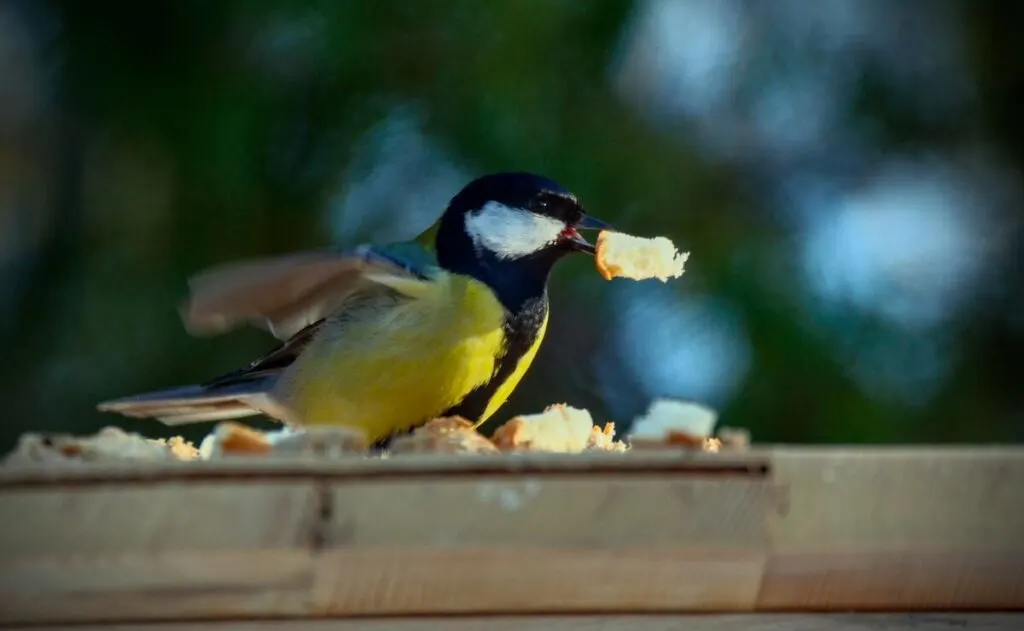
Some common foods that have a lot of carbohydrates are bread, pasta, cereal, potatoes, and rice. These foods are all high in starch, which is a type of complex carbohydrate.
What happens to the liver when it gets too much glycogen?
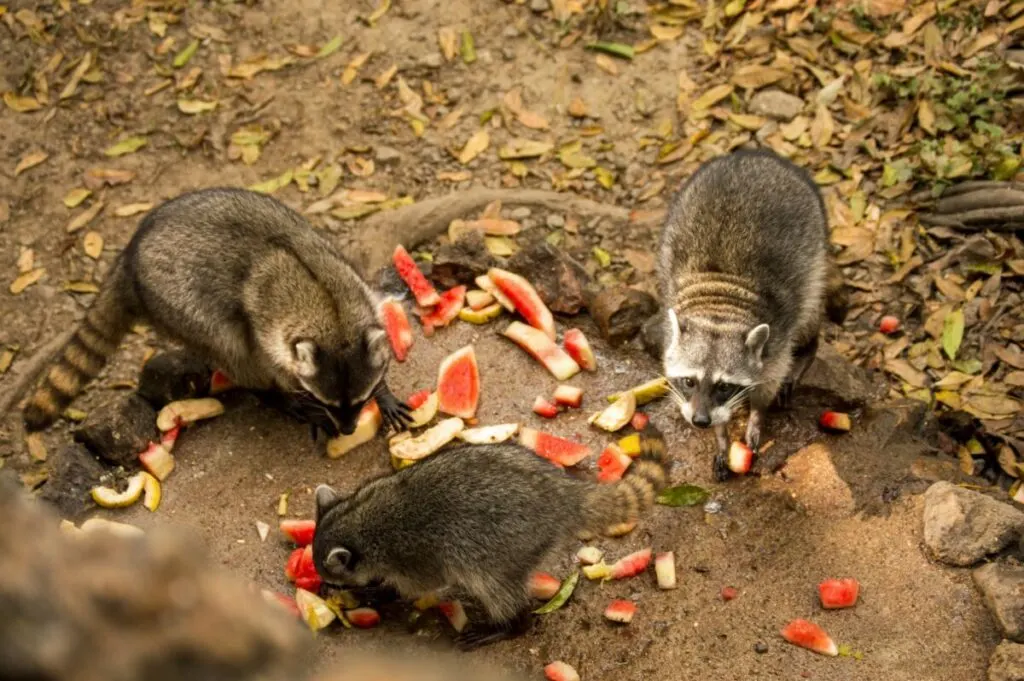
If the animal is not active, then more of its glycogen gets converted to fat. This is why some people who are inactive tend to gain weight in the ‘stomach’ area.
On the other hand, if an animal needs to be active for a longer period of time (e.g., long-distance runners), it burns most of its glycogen, resulting in lower levels of liver glycogen.
This is why these athletes are always hungry and need to constantly eat food to replenish their energy levels before the next training session.
For many people, excess carbohydrates are usually turned into fat rather than getting stored as glycogen. The fat gets deposited around the stomach area (hence the ‘potbelly’ look in some people). However, in some cases, the fat is deposited around other areas such as the thighs and back.
In cases of animals that have too much fat in their diets, the fat cells increase in size so much that they start to surround other vital organs.
This can be deadly because it will prevent the organs from functioning properly. For example, if enough fat surrounds the heart, then it might cause irregular heartbeats and even failure of the heart (i.e., heart attack).
See Related: Animals that Start with X
Where do animals get carbohydrates?

The carbohydrates in animals come from either plant (i.e., fruits, berries, nuts) or animals (e.g., meats).
Do plants store carbohydrates?

Some plants store carbohydrates in the form of starch, while others store them as sugar. For example, potatoes and rice have a lot of starch whereas fruits have more sugar.
Some animals store carbohydrates such as cows, and excess glucose from sugars gets stored in their bodies in the form of fat. In fact, when there is too much fat around the cow’s stomach, it starts to look like they are pregnant.
There is a rare condition where the animal (e.g., cow) will start eating its own body fat and this can lead to death if not treated quickly enough.
This is because the fat cells around the stomach start increasing in size very quickly and it becomes quite hard for the animal to breathe. However, in some cases, the fat cells reduce in size if the animal is placed on a strict diet.
See Related: Different Types of Trees Around the World
Why do some animals eat other animals as a source of food?

Many animals such as lions and tigers are hunters and cannot rely on plants for their energy needs because plants do not move around to get away from predators.
Even if plants are very nutritious, they are not filling because the energy is spread out among all of their cells, so meat-eating animals need to eat a lot of plant matter in order to get enough energy.
Predatory animals store excess energy in order for them to use it on their next hunt.
See Related: Most Comfortable Animals in the World
Common side effects of excess carbohydrates on animals
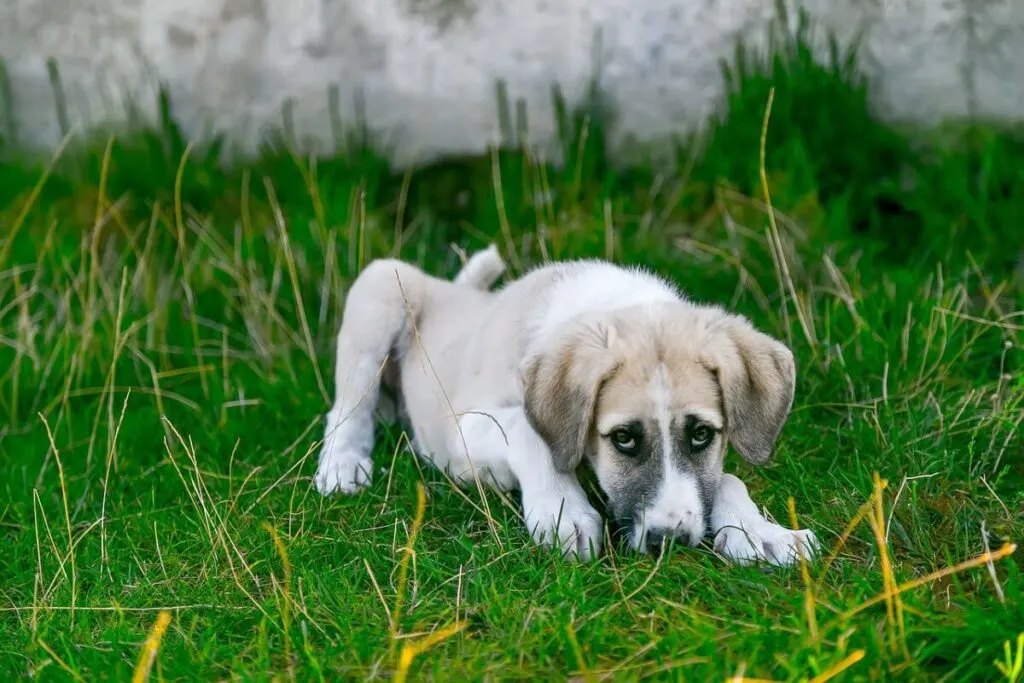
- Liver Swelling
- Heart Attack
- Death
- Kidney Failure
- Eye problems
- Skin problems
- Obesity/Weight Gain
- Lack of Energy
- Hunger Pains
- Inability to Concentrate
- Reduced Physical Activity
Benefits of excess carbohydrates in animals

- More Energy
- Better Physical Performance
- Reduced Levels of Fat in the Liver
- Replenished Energy Levels
- Healthy Skin
- Good Vision
- Sharp Memory
- Peaceful Mindset.
How does carbohydrate metabolism in animals work?
The metabolism of carbohydrates in animals is a process that breaks down complex carbohydrates into simple sugars.
The body can then use these sugars for energy. Carbohydrates are the preferred source of energy for most athletes because they provide a quick and sustained energy release.
When an animal eats foods that contain carbohydrates, the carbohydrates get broken down into glucose (sugar) in the small intestine.
Glucose then enters the bloodstream and is transported to all of the body’s cells. The cells use glucose for primary energy currency or store excess energy in the liver and muscles as molecule glycogen.
Conclusion
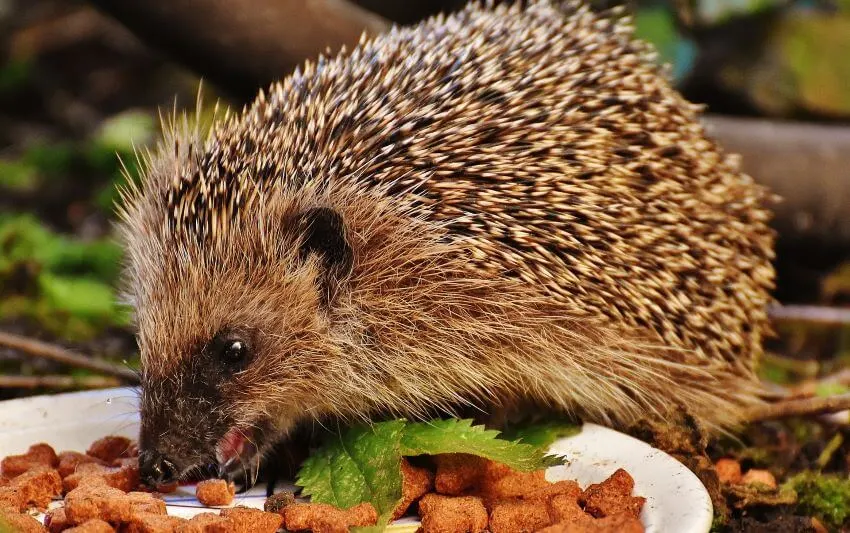
As previously mentioned, excess carbohydrates are stored as fat. This can cause obesity in humans and other animals. Animals that consume too much fat often lack vitamins and proteins.
Gluconeogenesis is the conversion of non-carbohydrate substances such as lactate, glycerol, and beta-oxidation of lipids (fat).
Amino acids, the pentose phosphate pathway or reset metabolism process into new glucose molecules during starvation for use by tissues that cannot use fatty acids because they lack the ability to convert what would otherwise be carbohydrates.
Glucogenic end products are released into circulation when individuals engage in extended, intense physical activity (energy depletion) or distress (mental or emotional stress).
Gluconeogenesis is the mechanism that produces glucose from non-carbohydrate sources. Gluconeogenesis, on the other hand, contributes about 10% of the glucose discharged into circulation by the liver. The remaining 90% of the glucose excretion in circulation is produced via glycolysis in hepatocytes.
See Related: Animals That Start With V
FAQ
What are dietary carbohydrates?
Dietary carbohydrates are sugars, fibers, and starches. Starches are often long chains of glucose molecules that break apart into individual glucose units once inside the digestive system.
What is the role of carbohydrates in animal cells?
Carbohydrates from plants are used as a source of energy by animals. Animals consume carbohydrates to obtain energy from sugar.
The oxidation of glucose molecules from food provides humans with energy. Furthermore, carbohydrate is required for the production and use of amino acids, nucleic acids, and other elements in the body.
What kinds of animals need a lot of carbohydrates?
Animals that are very active, such as horses, need a lot of carbohydrates in their diet. These animals use carbohydrates for energy and to help them stay healthy.
What is glycogen?
Glycogen is a molecule that the body uses as energy storage. The body can convert glycogen back into glucose when it needs more sugar for energy.
What is gluconeogenesis?
Gluconeogenesis is the process of converting non-carbohydrate substances into glucose molecules. This process helps the body to produce glucose when it needs it, such as during starvation or intense physical activity.
How are carbohydrates stored in both plants and animals?
Carbohydrates make up the majority of a plant’s makeup, while glycogen molecules are used by animal-processed meals. This huge polysaccharide has many chemical bonds, which saves chemical energy.
Are excess carbohydrates in animals deadly?
Yes. When animals overeat or eat foods that are high in carbohydrates, they can gain too much weight and develop health problems.
Are there different types of carbohydrates?
There are two main types of carbohydrates: sugars and starches. Sugar is often short-chain means that the molecules are small compared to starch. Sugar molecules have one to three carbon atoms and starch molecules have at least 10 to 20.
Which is better sugars or starches?
For weight loss, sugars are better. For building muscles, starches are better as they provide a longer-term source of energy for the body, which can be used up quickly by someone who is working out often.
Related Resources
